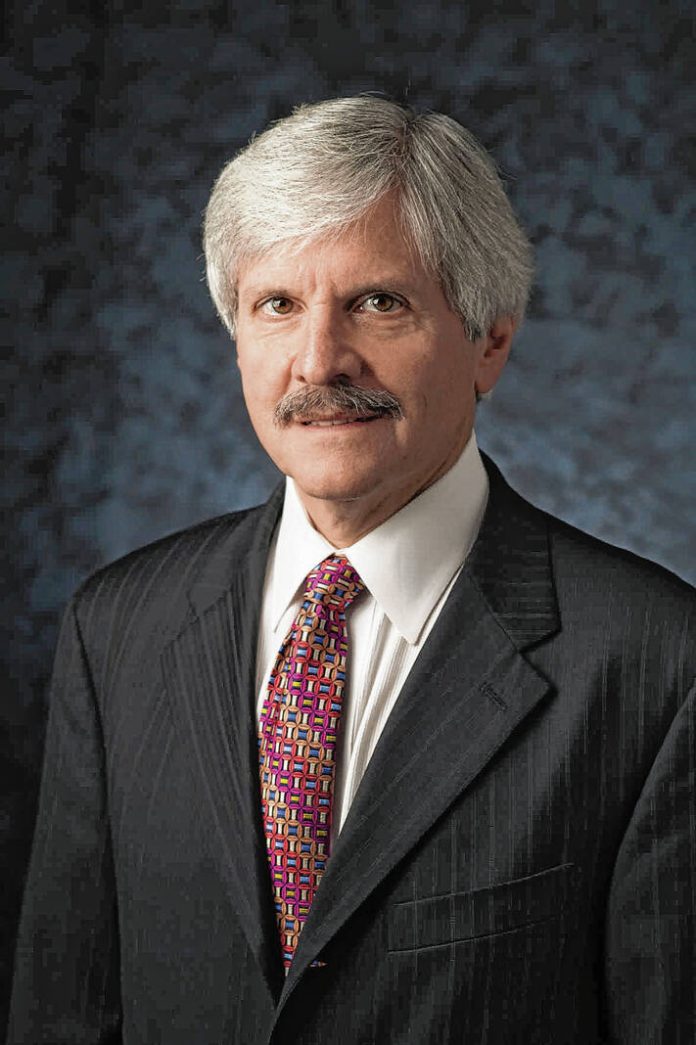The landscape has changed for the prevention of serious and life-threatening adult respiratory infections, especially for seniors and those with chronic underlying conditions. We now have the fall vaccination-responsive “tripledemic” of diseases – influenza, COVID, and respiratory syncytial virus (RSV).
There’s a medical adage that patients don’t commonly consider getting flu shots after Thanksgiving. But historically, influenza peaks in February, and in recent years the influenza seasons have been prolonged well into the spring. RSV is largely a fall seasonal infection. So far, COVID has not had a consistent singular seasonal component, but we anticipate as it becomes endemic, RSV will have a fall predominance, and boosters will probably become annualized.
There are now multiple formulations of influenza vaccines. Most importantly, the Centers for Disease Control and Prevention preferentially recommends that those 65 and older receive one of three vaccines yearly — high dose, recombinant, or adjuvanted — felt to be more effective. The high-dose vaccine holds the most clinical experience and is the most studied, which I generally recommend.
Influenza virulence varies from year to year. From 2010-2016, the flu vaccine prevented up to 6.7 million illnesses, 87,000 hospitalizations, and 10,000 deaths yearly in the U.S. In a particularly severe season, there can be up to 60,000 deaths. (Note: All data in this column are from the Centers for Disease Control and Prevention.)
The COVID vaccine unfortunately became controversial through politicization and disinformation promulgated by anti-vaccine advocates, conspiracy theorists, and some politicians. In truth, its amazing emergency development prevented an estimated 18.5 million U.S. hospitalizations and saved 3.2 million American lives.
The pandemic ended through increased immunity from vaccination, natural infection, and the evolution to a less virulent virus. But especially for older adults, COVID is a continued threat. COVID is still the major cause of severe respiratory infections with 15,000 hospitalizations and 1,000 deaths weekly in the U.S. Receiving updated vaccines are essential to maintain our collective societal immunity. The COVID booster significantly reduces the risk for “long-COVID” and is 80% effective in preventing hospitalization in adults.
There are RSV vaccines newly available to prevent lower respiratory infections in pregnancy and adults 60 and older and an antibody injection for infants. There is heightened awareness that RSV is not only a potentially serious pediatric illness but also a major threat to older adults and especially for those with chronic underlying conditions. More than 14,000 seniors die each year from RSV. The current recommendation is for a single vaccination; additional immunization in subsequent years is under study.
The immunization rates as of Jan. 12 for these three infections are poor and lagging behind historical levels. For flu, it’s 46.8% among adults and 74.1% for 65 and older. For the new COVID booster, it’s 21.4% for adults and 41.5% for 65 and older; for RSV it’s 20.1% for 60 and older. Regrettable. These diseases account for tens of thousands of hospitalizations and deaths yearly – the prevention of which is the greatest value of these vaccines.
We are in the winter season when the risk of these respiratory illnesses is greatest. The illness and hospitalization rates for these diseases are currently surging. But most Americans are looking at the COVID pandemic in the rearview mirror and letting down their guard. Many are vaccine fatigued with some brushing all vaccines aside.
Seniors being vaccinated for flu, COVID, and RSV is essential. And they should also remember the CDC-recommended one-time pneumonia shot at age 65. These are lifesaving measures.
Dr. Richard Feldman is an Indianapolis family physician and the former state health commissioner. Send comments to [email protected].




